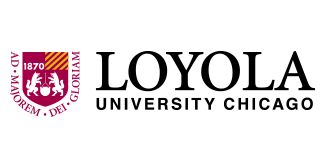Drosophila PhLP3/CG4511 is Required for Spermiogenesis
Abstract
Phosducin-like protein 3 (PhLP3) has been shown to possess redox-activity, and it is believed to function as a co-chaperone in the folding of cytoskeletal proteins. The homolog of PhLP3 in Drosophila melanogaster is the uncharacterized CG4511. A P- element insertion in the 5’ UTR of CG4511 leads to a decrease in its expression, infertility in males homozygous for the P-element insertion, and testes that fail to produce mature sperm. Actin-based individualization cones are absent, and nuclei fail to fully elongate and appear scattered throughout the syncytium. The dense complexes vital for nuclear elongation appear reduced in size. Additionally, seminal vesicle size is reduced. Excision of the P-element restores male fertility, spermiogenesis, and seminal vesicle size. Our results suggest the importance of CG4511 in the regulation of spermiogenesis. Given the hypothesized role of PhLP3 as a co-chaperone for cytoskeletal proteins, we hypothesize that CG4511 functions to regulate the microtubule dynamics that are vital for the nuclear-shaping process during spermiogenesis, as well as for the alignment of the spermatids to the anterior tip of the syncytial cyst.
Drosophila PhLP3/CG4511 is Required for Spermiogenesis
Phosducin-like protein 3 (PhLP3) has been shown to possess redox-activity, and it is believed to function as a co-chaperone in the folding of cytoskeletal proteins. The homolog of PhLP3 in Drosophila melanogaster is the uncharacterized CG4511. A P- element insertion in the 5’ UTR of CG4511 leads to a decrease in its expression, infertility in males homozygous for the P-element insertion, and testes that fail to produce mature sperm. Actin-based individualization cones are absent, and nuclei fail to fully elongate and appear scattered throughout the syncytium. The dense complexes vital for nuclear elongation appear reduced in size. Additionally, seminal vesicle size is reduced. Excision of the P-element restores male fertility, spermiogenesis, and seminal vesicle size. Our results suggest the importance of CG4511 in the regulation of spermiogenesis. Given the hypothesized role of PhLP3 as a co-chaperone for cytoskeletal proteins, we hypothesize that CG4511 functions to regulate the microtubule dynamics that are vital for the nuclear-shaping process during spermiogenesis, as well as for the alignment of the spermatids to the anterior tip of the syncytial cyst.


